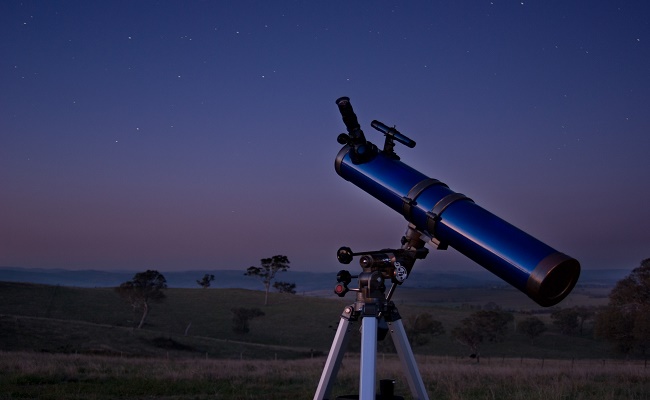What’s “Up” In March?
 ESA/Hubble, CC BY 4.0, via Wikimedia Commons
ESA/Hubble, CC BY 4.0, via Wikimedia Commons
As we approach Spring, space novices and experts alike are in store for some spectacular celestial wonders for the entire month. Here’s what’s up for March 2016…
March marks the Spring Equinox in the Northern Hemisphere and the Autumn Equinox to our friends in the Southern Hemisphere. These officially start on the 20th at 12:30 a.m. Eastern Time (9:30 p.m. Pacific Time on the 19th).
First to Appear, Sirius
This month you will be able to view the brilliant star named Sirius, which is also the first one to make an appearance in the evening sky. These first days of March, make note of the horizon point directly below Sirius at 8 pm as it is very nearly due South.
Fast Facts About Sirius
- It’s a two-star system made up of main sequence star (Sirius A) and a White Dwarf companion star (Sirius B).
- It is located 8.6 light-years from Earth.
- Sirius B is the closest White Dwarf to Earth
- Sirius is the brightest star in the night sky and the nearest that can be seen without the aid of a telescope.The derivation of the name Sirius is from the ancient Greek word for glowing, the star was also known to ancient Egyptians 4,000 years ago.
Spotting Orion
Orion the Hunter is making its appearance this March to the upper right of Sirius. Here in Orion its two brightest stars Rigel, marking the foot of the “Hunter” and Betelgeuse (orange-red) in his upper-left armpit can be seen in clear view.
Orion Fast Facts
- With one exception, all of the main stars in Orion are bright young blue giants or super-giants, ranging in distance from Bellatrix (243 light-years) to Alnilam (1,359 light-years).
- The Orion Nebula is farther away than any of the naked eye stars at a distance of about 1,600 light-years.
- Betelgeuse is the only star in the sky large enough and close enough to have been imaged as a disk in the Hubble Space Telescope.

The Winter Triangle
Another natural wonder to behold this month is the Winter Triangle. Look midway between the three-star row which forms Orion’s Belt, then to the left of Betelgeuse for the bright star Procyon. These two stars, together with Sirius, form a big, equilateral triangle known as the Winter Triangle.
The “BIG GUY” Makes an Appearance
To top of the show this month, Jupiter the King of all planets will be in plain sight…you just need to know where to look.
Let your eyes drift past Procyon over to the eastern horizon. Here you will spot Jupiter because it will outshine all the stars including Betelgeuse, Rigel, and even Sirius. On March 8th, Jupiter will be opposite the Sun.
Jupiter Fast Facts
- Jupiter is the fourth brightest object in the solar system
- The ancient Babylonians were the first to record their sightings of Jupiter
- Jupiter has the shortest day of all the planets
- It turns on its axis once every 9 hours and 55 minutes. The rapid rotation flattens the planet slightly, giving it an oblate shape.
- Jupiter orbits the Sun once every 11.8 Earth years
- The Great Red Spot is a huge storm on Jupiter
- It has raged for at least 350 years. It is so large that three Earths could fit inside it.
March is packed full of awesome nighttime finds so get out there and enjoy the free show. Who knows what other awesome objects may streak by in a blink-of-an-eye?
